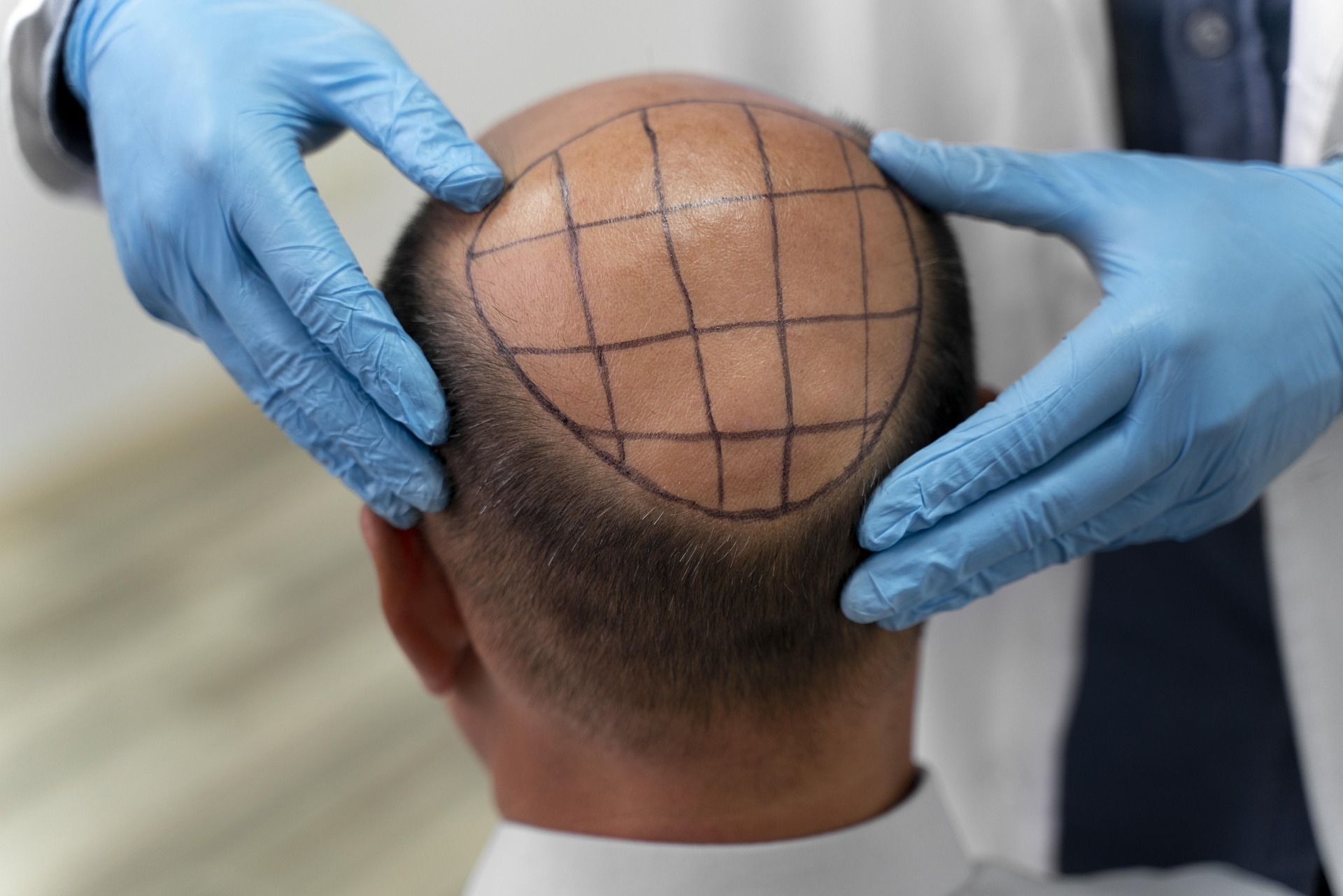Hair Transplant Clinics Solutions: Finding the Right Treatment
Hair transplant clinics offer a variety of solutions for individuals seeking to restore hair loss caused by genetics, aging, or other factors. These clinics specialize in advanced techniques such as follicular unit extraction (FUE) and follicular unit transplantation (FUT), which are designed to provide natural-looking, permanent results. This article explores the different hair transplant solutions available at clinics, including the benefits and considerations of each technique, as well as factors to consider when selecting the right clinic for your needs. It also highlights the importance of choosing certified professionals and reputable clinics for optimal outcomes.

What are the main types of hair transplant procedures?
The two primary hair transplant techniques offered by most clinics are FUE and FUT. FUE hair transplant involves extracting individual hair follicles from a donor area, typically the back of the head, and transplanting them to areas with thinning hair. This method is less invasive and leaves minimal scarring. On the other hand, FUT hair restoration, also known as the strip method, involves removing a strip of scalp from the donor area and dissecting it into individual follicular units for transplantation. While FUT may result in a linear scar, it can be an effective option for those requiring a larger number of grafts.
How does the FUE hair transplant process work?
The FUE hair transplant procedure begins with the surgeon extracting individual follicular units from the donor area using a small punch tool. These units typically contain 1-4 hairs each. The extracted follicles are then carefully implanted into tiny incisions made in the recipient area. This meticulous process ensures a natural-looking result, as the surgeon can control the angle, direction, and density of the transplanted hair. FUE is known for its minimal scarring and quicker recovery time compared to FUT.
What are the advantages of FUT hair restoration?
FUT hair restoration, while more invasive than FUE, offers several advantages. This technique allows for the harvesting of a larger number of grafts in a single session, making it suitable for patients with extensive hair loss. The strip method also tends to have a higher graft survival rate, as the follicles spend less time outside the body. Additionally, FUT can be more cost-effective for those requiring a significant number of grafts, as it generally takes less time to perform than FUE for larger areas.
How do I choose the best hair transplant clinics?
Selecting the right hair transplant clinic is crucial for achieving optimal results. Look for clinics with board-certified surgeons who specialize in hair restoration. Research their experience, qualifications, and before-and-after photos of previous patients. Reading reviews and testimonials can provide valuable insights into the clinic’s reputation and patient satisfaction. Additionally, consider scheduling consultations with multiple clinics to compare their approaches, technologies, and recommended treatment plans.
What factors should I consider when deciding on a hair transplant?
When considering a hair transplant, several factors come into play. First, assess the extent of your hair loss and your goals for the procedure. Your age, overall health, and the quality of your donor hair are also important considerations. Discuss your expectations with the surgeon to ensure they align with what’s realistically achievable. Additionally, consider the recovery time, potential risks, and long-term maintenance required for each technique. It’s also essential to factor in the cost of the procedure and any follow-up treatments that may be necessary.
How much do hair transplant procedures typically cost?
The cost of hair transplant procedures can vary significantly based on factors such as the technique used, the number of grafts required, the clinic’s location, and the surgeon’s expertise. Generally, FUE tends to be more expensive than FUT due to its more time-consuming nature. Here’s a comparison of average costs for both techniques in the United States:
| Procedure | Average Cost Range | Typical Graft Range |
|---|---|---|
| FUE | $4,000 - $15,000 | 1,500 - 3,000 grafts |
| FUT | $4,000 - $10,000 | 1,500 - 3,000 grafts |
Prices, rates, or cost estimates mentioned in this article are based on the latest available information but may change over time. Independent research is advised before making financial decisions.
It’s important to note that many clinics offer financing options to help make the procedure more accessible. Additionally, some insurance plans may cover a portion of the cost if the hair loss is due to a medical condition or injury.
In conclusion, hair transplant clinics offer a range of solutions for those seeking to address hair loss. Whether opting for FUE or FUT, the key to a successful outcome lies in choosing a reputable clinic with experienced surgeons. By carefully considering your options, understanding the procedures, and factoring in costs and recovery time, you can make an informed decision about the best hair restoration solution for your needs. Remember that a hair transplant is a significant investment in your appearance and self-confidence, so take the time to research and consult with professionals before making your choice.
This article is for informational purposes only and should not be considered medical advice. Please consult a qualified healthcare professional for personalized guidance and treatment.




